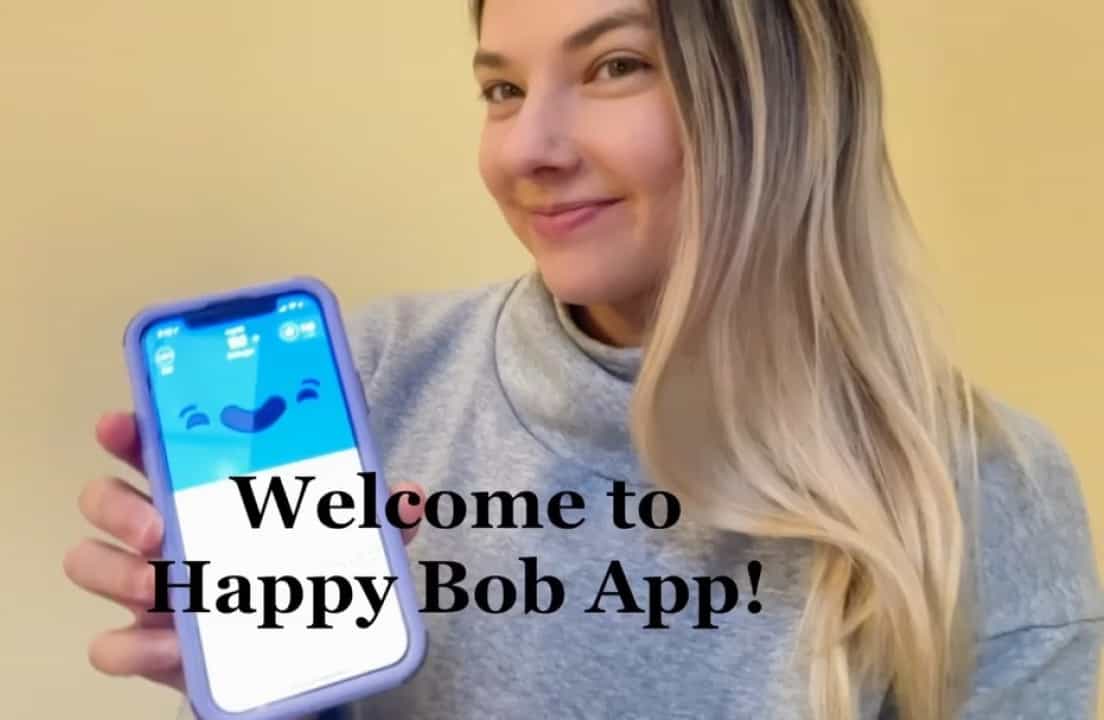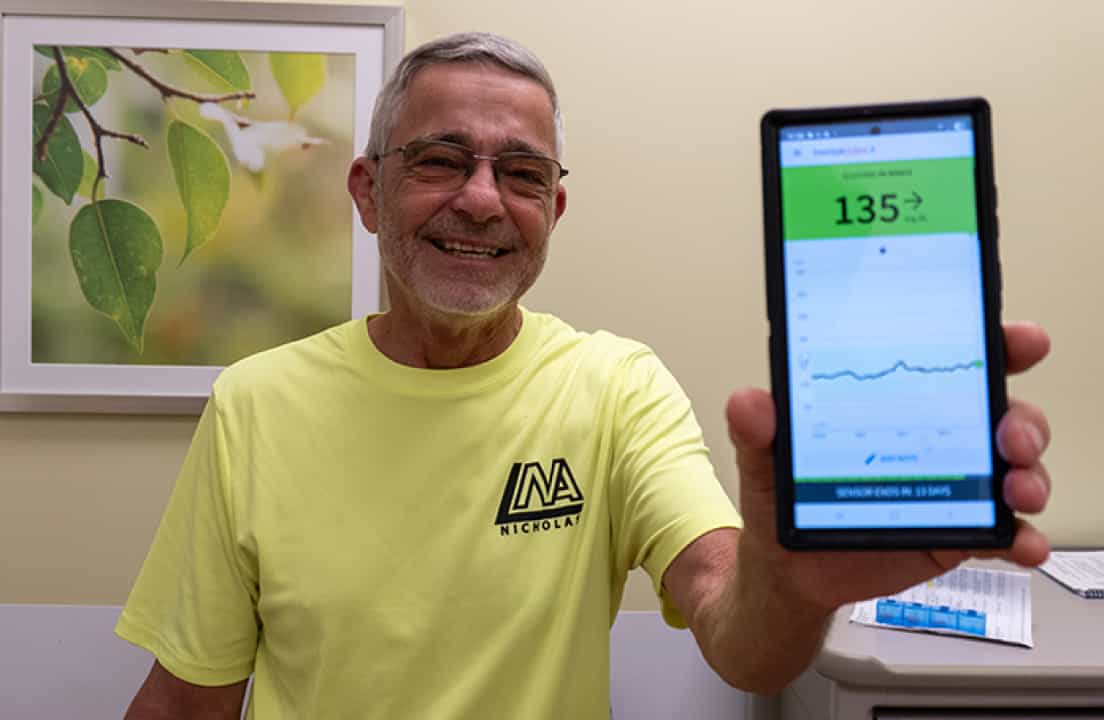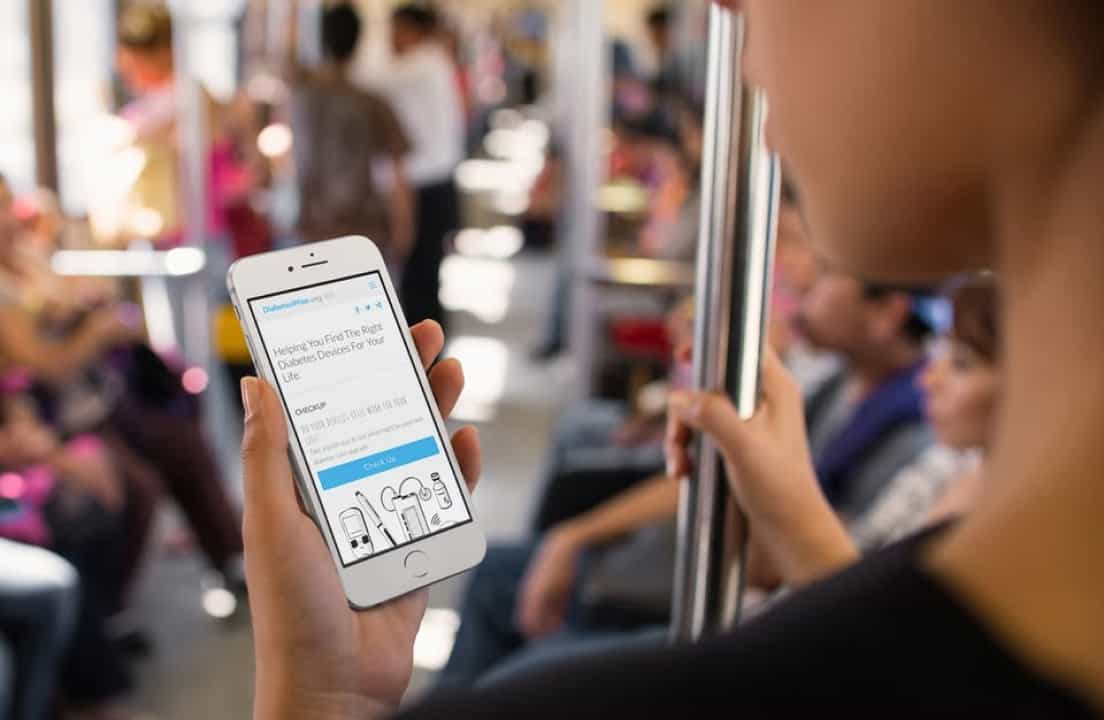T1D Guide
T1D Strong News
Personal Stories
Resources
T1D Misdiagnosis
T1D Early Detection
Research/Clinical Trials
5 Diabetes Relationship Tips: Falling in Love with T1D
Oh, so you’re in love? Congrats! Well, now that we’re past the getting-to-know-you phase of dating, let’s talk about type 1 diabetes and your relationship! While we’d love to keep these two things completely separate, that’s not exactly realistic.
.jpg)
Type 1 diabetes (T1D) is a huge part of your life.
Managing T1D is crucial for your immediate safety and long-term future, which means it will absolutely be part of your relationship with your adoring new love!
Personally, my partner has learned how to be involved and supportive without overstepping any boundaries.
Not so sure you wanna let them into your T1D life? Here are a few tips to make T1D a positive part of your relationship.
1. Teach your partner right away what does not feel like support!
If your partner is new to diabetes, they’re probably gonna freak out when they see the highs and lows of your continuous glucose monitor (CGM). And they won’t know that their worry actually feels kind of lousy for you, the one with T1D.
You’ve gotta teach them — but nicely!
- You: “Hey, when you comment on my blood sugar being high, it feels sh*tty to me. I already feel a lot of guilt when I see those numbers.”
- Partner: “Okay, I’m sorry. What can I do to support you when your blood sugar is high?”
- You: “Remind me that I’m awesome and diabetes sucks. Then give me a high-five.”
- Partner: “Okay, babe, you got it.”
Or maybe: “Just say nothing.”
My fella is really good at not overreacting in a way that feels judgy. Instead, he might reflect back on the last low blood sugar at 3 a.m. and be like, “Hey, umm…seems like you might need less long-acting insulin lately, eh?”

And yes, he’s right. I tend to take too much because I hate highs.
Remember, they just don’t know! They don’t know how much emotion can be wrapped up in every glucose reading. They don’t know what it feels like to see those numbers.
2. Give your partner specific ways to help that do feel supportive!
Okay, so they love you! That means they wanna help. Even if you’re used to managing T1D all on your own, you’ve gotta let your new love in a little bit.
In fact, they have a right to care, right? They want the best for you. They want you to be healthy and safe! You care about them, too, right? If they had a health condition, you’d be concerned and want to support them.
My partner knows I have forgotten to take my long-acting insulin dose a few times before going to bed. (Don’t worry; I’ve always remembered eventually!)
One way he supports me, which I greatly appreciate, is by checking in before bed: “Did you take your long-acting dose?”
(He also stores a lot of fast-acting candy in the glove compartment of his truck — and surprisingly, he hasn’t eaten any of it himself yet.)
Here are a few examples of specific ways to invite your partner to support you.
- Help you remember the meds you tend to forget.
- Remind you to check your blood sugar at a certain time of day.
- Get that juice box for you when you’re low.
- Read your diabetes blog.
- Prick their finger once a day with you.
- Count their carbs at meals with you.
The point is that you let them in somehow because they care. Let them care about you.
3. Make it fun — while teaching them about diabetes!
If you happen to have an extra CGM sensor or extra test strips, include your partner in diabetes management by giving them a chance to check their own blood sugar levels.
For example:
- Eat the same meal, then check your blood sugar levels. They’ll see how effortlessly their blood sugar stays in range and how hard you’re working regardless of your blood sugar.
- Let them wear an extra CGM sensor for two weeks. If you happen to request a replacement sensor from Dexcom or Libre that you don’t need right away, you could share one with your partner. They will see and appreciate just how much their nondiabetic blood sugar barely budges no matter what they eat. On the other hand, they might actually see bigger fluctuations than they expected and learn a few things about their own health!
- Play T1D trivia — and maybe even film it for Instagram! Come up with 10 questions about T1D to help your partner learn the basics. Once they nail those, come up with 10 more about your personal diabetes life!
- Encourage them to subscribe to T1D influencers you love on Instagram or YouTube so they can learn about diabetes from other people. It doesn’t have to be all on you!
- Invite them to follow a low-carb diet for three days and see how it goes. Whether you follow a low-carb diet or not, inviting your partner to follow a strict diet helps reinforce how unreasonable it is to expect perfection from a person with diabetes. Make it a challenge and see how they do.
Let it be light! It doesn’t have to be so serious.

4. Share, share, share: we all learn gradually.
You know how my partner has learned so much about managing insulin? I share my experiences, and he’s listening. I explain little moments, like what I did to prepare my blood sugar before our dog walk. I explain what I did before eating pizza and why it didn’t work — and what I should try next time.
I tell him what happens at 6 a.m. when my blood sugar spikes, thanks to the dawn phenomenon. I explain how metformin helps calm that crazy liver glucose production down even though it’s intended for type 2 diabetes.
I explain what I appreciate about intermittent fasting and why it makes managing my T1D easier for me in the first half of the day. (He’s tried it, too, but he wasn’t a big fan.)
We learned how inhaled insulin works together because I started using it a couple of years into our relationship!
I explain the little details! I explain the science. I include him on the journey when I’m trying something new and still learning.
Include your partner in your T1D journey as much as you intend to include them in your life!
5. Take responsibility for half of the partnership, which includes managing your health.
Okay, so imagine this: your partner has a daily thing that requires attention. If he or she doesn’t give it enough attention, that daily thing will gradually put their life in danger.
Now imagine if your partner expected you to be okay with you not giving that daily thing enough attention? You’d be upset, right? Because you want to have a future with this person. You want them to be healthy enough to be with you.
If you aren’t taking care of yourself, your partner has a right to be upset and concerned. Your partner cares about you! Your partner wants a future with you. Don’t put them in a position of having to nag or beg you to take care of yourself.
Being a good partner means taking care of yourself. Period.
It doesn’t mean you have to be perfect. It doesn’t mean you must stop eating all carbohydrates and disavow chocolate. But it does mean you need to show up and do your best. Your health matters to your partner, and it matters to your relationship.
What’s that saying? Love is not just something you feel, it’s something you do.








.webp)
.jpg)

.jpg)
.jpeg)
.jpg)
.webp)

.jpg)


.jpg)
.jpg)
.jpg)


.jpg)

.jpg)
.jpg)

.jpg)


.jpg)

.jpg)

.jpg)





.jpg)
.jpg)
.jpg)
.jpg)




.jpg)

.jpg)
.jpg)
.jpg)
.jpg)
.jpg)



.jpg)

.jpg)
.jpg)
.jpg)
.jpg)
.jpg)
.jpg)
.jpg)
.jpg)

.jpg)
.jpg)
.jpg)
.jpg)
.jpg)

.jpg)
.jpg)
.jpg)


.jpg)

.jpg)
.jpg)
.jpg)
.jpg)
.jpg)

.jpg)
.jpg)



.jpg)
.jpg)
.jpg)

.jpg)
.jpg)




















.webp)